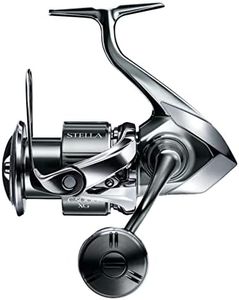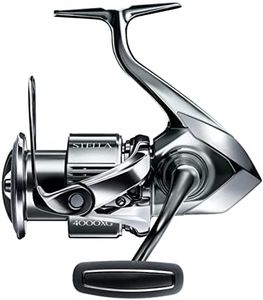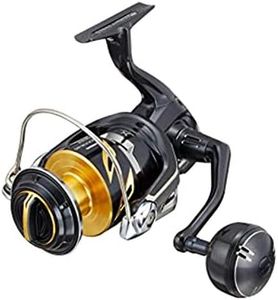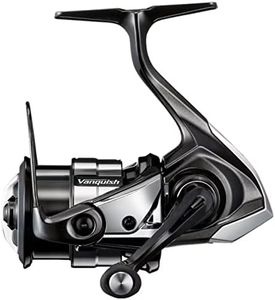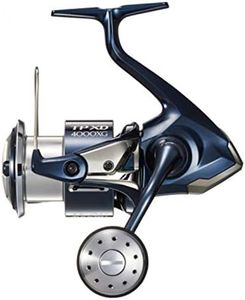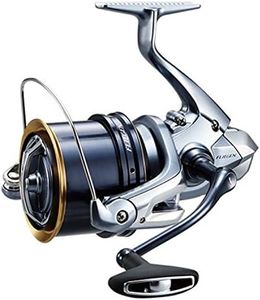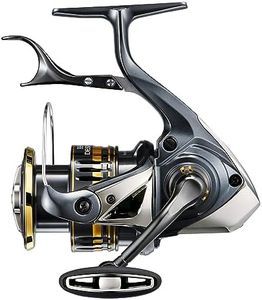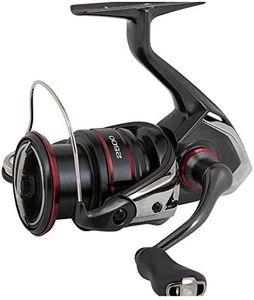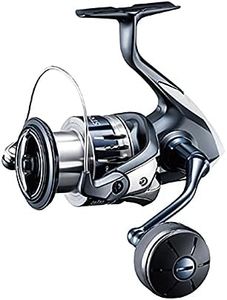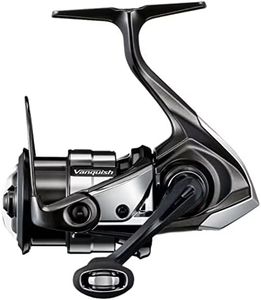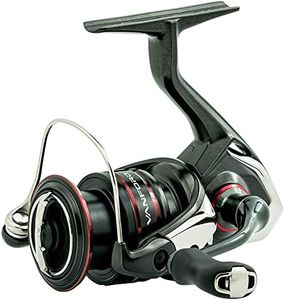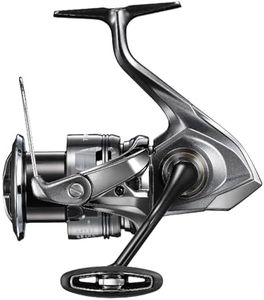We Use CookiesWe use cookies to enhance the security, performance,
functionality and for analytical and promotional activities. By continuing to browse this site you
are agreeing to our privacy policy
10 Best Shimano Spinning Reels
From leading brands and best sellers available on the web.Buying Guide for the Best Shimano Spinning Reels
When choosing a Shimano spinning reel, it's important to focus on how you'll use it rather than simply picking the most powerful or newest one. Spinning reels are used for various types of fishing, from freshwater ponds to deep-sea adventures. By understanding how specific features affect performance, you can find a reel that suits your fishing habits and target species. It's always best to match the reel to the type of fish you plan to pursue and the environments where you'll fish most often.Reel SizeReel size usually refers to the physical size of the reel body and its spool. This is key because it determines what type of fish you can handle and what kind of line you can use. Small reels (1000-3000) are lighter and best for small freshwater fish and finesse fishing. Medium reels (4000-6000) offer versatility for larger freshwater or inshore saltwater species. Large reels (7000 and up) are intended for heavy lines and big game in saltwater. Choose a reel that matches your fishing location and target species; smaller for light fishing, larger for bigger and tougher fish.
Gear RatioGear ratio is the number of times the bail rotates around the spool for each turn of the handle. A high gear ratio means quicker line retrieval, while a low ratio offers more cranking power for heavy fish. Lower ratios (5.0:1 or less) are better for deep lures and powerful fishing, mid-range (5.1:1–6.0:1) are the most versatile, while high ratios (6.1:1 or greater) are best when you need to bring your line in fast. Pick a gear ratio based on how quickly you want to retrieve your bait and the strength you need for fighting fish.
Drag SystemThe drag system controls how much resistance a fish feels when it pulls the line. A good drag should be smooth and consistent, preventing your line from breaking during hard pulls. Light drags (up to 10 lbs) are fine for panfish and trout, medium drags (10–20 lbs) suit bass and inshore saltwater, while heavy drags (20 lbs or more) are for big saltwater and trophy fish. Match the drag strength to the fish you expect to catch and your preferred style—lighter for finesse, heavier for power.
Ball BearingsBall bearings help the reel handle turn smoothly. More bearings can mean smoother operation, but quality matters more than quantity. Entry-level reels usually have 2–4 bearings, mid-range have 5–7, and premium reels go higher. Smoother reels are easier on your hands, especially during longer sessions, but too many low-quality bearings are not as helpful. Choose a reel that feels smooth to you when you crank it, regardless of the bearing count.
Line CapacityLine capacity tells you how much fishing line the spool can hold, shown for both length and strength. This matters when targeting fish that run long distances and when choosing line thickness. Shallow spools are good for light lines and smaller fish, while deeper spools fit more line for heavy or long runs. Think about your fishing style; go for more capacity if you fish for bigger, stronger species, or keep it light for short-range freshwater fishing.
WeightThe weight of the reel affects casting comfort and fatigue during long fishing trips. Lighter reels are easier to handle and match well with lighter rods, making them ideal for all-day use or when targeting smaller fish. Heavier reels are better for larger rods and bigger fish, where durability and strength matter more than comfort. Select a reel that balances well with your rod and feels comfortable to use for your usual fishing duration.
Water ResistanceSome reels are built to prevent water, especially saltwater, from getting inside and damaging components. Water-resistant reels use sealed bodies and bearings to guard against corrosion. If you plan to fish in saltwater or wet conditions, look for reels that mention water resistance or sealing. For freshwater and dry conditions, this is less important. Judge your choice on where and how you'll fish; harsh environments call for more protection.
